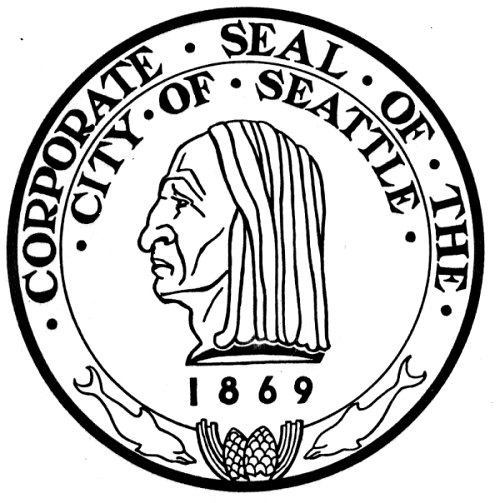Nuclear Weapons 709 - Effects Of Nuclear Attack On Seattle - Part 2 of 2 Parts
Part 2 of 2 Parts (Please read Part 1 first)
The Seattle area would be a prime target for Russian attack. Twenty miles west of Seattle is the U.S. Navy Kitsap Base, home to U.S. nuclear armed submarines. It also houses the most deployed nuclear weapons of any military installation in the U.S. Kristensen said, “In a hypothetical nuclear war with Russia, the Kitsap base and its nuclear weapons storage site would almost certainly be attacked. It wouldn’t happen out of the blue but [would] be part of a significant escalation of a war. China might potentially target it as well in a nuclear war with the United States, although Chinese strategy is thought to be less focused on destroying nuclear targets and more about holding cities at risk.”
The detonation of a nuclear warhead begins with a white ball that expands into the well-known mushroom shaped cloud. The impact of a nuclear detonation on the Kitsap base would be so devastating that no one would survive in the immediate area of the blast. Further away from the center of the blast, emergency planning would be critical in reducing casualties and long-term fatalities.
There are two different types of blasts that could result from the use of a nuclear warhead. If a nuclear device explodes when it hits the ground, there will be more radioactive fallout because of the dirt and debris tossed up by the explosion. The other type of blast from a nuclear warhead would be an atmospheric detonation. More destruction would be experienced over a wider area but there would be less fallout.
Kristensen said that “Depending on wind direction and precipitation, radioactive fallout would require people to stay indoors for several days to avoid exposure to the most intense and short-lived radiation. Whether people would have enough warning to follow such plans and obey warnings to stay inside is another question.”
Washington State has an intimate relationship with nuclear weapons. The plutonium used in the first nuclear bomb ever detonated was processed on the Hanford Nuclear Reservation near the Tri-Cities in south central Washington.
In 1983, the federal government mandated that all U.S. states draw up plans for preparations for nuclear war including evacuation of major cities. The Washington State legislature passed a law to prevent such action being taken in Washington. The federal authorities threatened to withhold federal funds for some projects in Washington and the Washington Governor told them to go ahead. There was strong public sentiment in Washington for ending the Cold War and reducing nuclear weapon stockpiles. Washington authorities were also concerned that the Soviet Union might decide that drafting plans to deal with nuclear attacks might be a signal that the U.S. was planning on attacking the Soviet Union.
Kristensen said, “The Trump administration’s own military strategy warns about growing military threats and what it describes as ‘Great Power Competition with Russia and China. Moreover, in the near future, North Korea might also develop the capability to attack the continental United States with nuclear weapons. Having said that, compared with so many other potential threats to people, I don’t think a nuclear attack against Kitsap is something ordinary people should worry about on a day-to-day base. But it’s something authorities should probably take into consideration in their emergency planning.”
